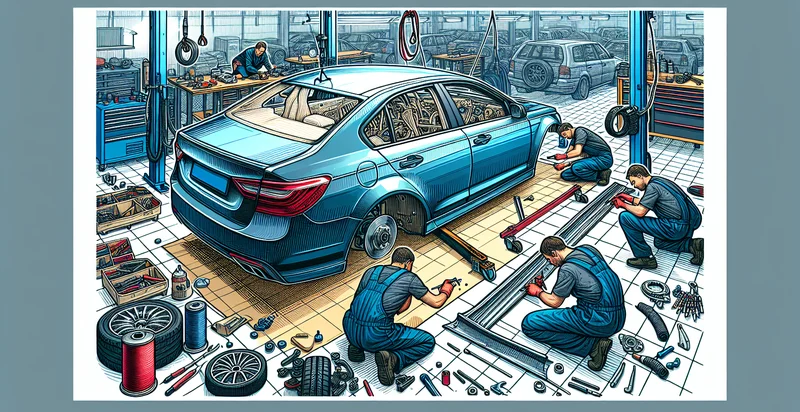Identify car maker by spoiler
using AI
Below is a free classifier to identify car maker by spoiler. Just upload your image, and our AI will predict what car maker it is - in just seconds.

Contact us for API access
Or, use Nyckel to build highly-accurate custom classifiers in just minutes. No PhD required.
Get started
import nyckel
credentials = nyckel.Credentials("YOUR_CLIENT_ID", "YOUR_CLIENT_SECRET")
nyckel.invoke("car-maker-by-spoiler", "your_image_url", credentials)
fetch('https://www.nyckel.com/v1/functions/car-maker-by-spoiler/invoke', {
method: 'POST',
headers: {
'Authorization': 'Bearer ' + 'YOUR_BEARER_TOKEN',
'Content-Type': 'application/json',
},
body: JSON.stringify(
{"data": "your_image_url"}
)
})
.then(response => response.json())
.then(data => console.log(data));
curl -X POST \
-H "Content-Type: application/json" \
-H "Authorization: Bearer YOUR_BEARER_TOKEN" \
-d '{"data": "your_image_url"}' \
https://www.nyckel.com/v1/functions/car-maker-by-spoiler/invoke
How this classifier works
To start, upload your image. Our AI tool will then predict what car maker it is.
This pretrained image model uses a Nyckel-created dataset and has 20 labels, including Acura, Audi, Bmw, Chevrolet, Ferrari, Ford, Hyundai, Infiniti, Jeep and Kia.
We'll also show a confidence score (the higher the number, the more confident the AI model is around what car maker it is).
Whether you're just curious or building car maker by spoiler detection into your application, we hope our classifier proves helpful.
Related Classifiers
Need to identify car maker by spoiler at scale?
Get API or Zapier access to this classifier for free. It's perfect for:
- Market Research Analysis: This function can be employed by market researchers to classify vehicles based on their spoilers, allowing them to identify trends in car designs and spoiler adoption across different manufacturers. By analyzing the data, researchers can gain insights into consumer preferences and the popularity of specific vehicle types.
- Customized Marketing Campaigns: Automotive companies can utilize this classification function to tailor marketing campaigns for different vehicles based on their spoiler types. This targeted approach can enhance engagement and improve conversion rates by appealing directly to specific demographics or driving style preferences associated with certain spoilers.
- Insurance Assessment: Insurance companies can leverage the classification function to assess risk more accurately by identifying high-performance vehicles that often have unique spoilers. This insight can help in calculating premiums, taking performance characteristics into account when underwriting policies.
- Aftermarket Parts Supply: Retailers and manufacturers of aftermarket car parts can use this function to identify vehicles by their spoilers, aiding in inventory management and supply chain optimization. This ensures that they stock the right parts tailored to the vehicles that consumers are looking to modify or repair.
- Vehicle Theft Prevention: Law enforcement agencies can implement this classification function to help identify stolen vehicles based on unique spoiler characteristics. This enhanced identification process could expedite recovery efforts and improve overall vehicle tracking systems.
- Autonomous Vehicle Development: Manufacturers developing autonomous vehicles can utilize this function as part of their image recognition capabilities, enabling vehicles to classify and recognize other cars on the road. This adds an important layer of situational awareness, helping to improve navigation and safety algorithms.
- Enhanced Vehicle Resale Platforms: Online car resale platforms can incorporate this classification function to improve the accuracy of vehicle listings. By tagging cars with their specific spoiler designs, sellers can attract more targeted buyers, leading to quicker sales and higher satisfaction rates for both parties.


